Motorcycles have long been symbols of freedom and rebellion, capturing the imaginations of thrill-seekers and adventure lovers. However, the allure of the open road comes with significant risks. Here are twelve reasons motorcycles are more dangerous than you might have thought.
1. Limited Protection in Accidents
When you’re on a motorcycle, there’s no metal frame, seatbelt, or airbag to protect you in the event of a collision. Riders are exposed to the elements and any potential impact, increasing the likelihood of severe injuries. Unlike cars with crumple zones to absorb impact, motorcycles offer minimal protection. This lack of protection can lead to more serious injuries or fatalities, even in low-speed accidents.
2. Reduced Visibility to Other Drivers
Motorcycles are smaller and less noticeable than cars, making them more likely to be overlooked by other drivers. This reduced visibility is especially dangerous at intersections, where many accidents occur. Drivers often fail to check their blind spots thoroughly or misjudge the distance and speed of an oncoming motorcycle. These oversights can lead to catastrophic collisions, putting riders at significant risk.
3. Less Stability and Control
Two wheels offer less stability than four, especially when navigating through bad weather or rough terrain. Motorcycles are more susceptible to road hazards like potholes, gravel, and oil spills, which can easily cause a loss of control. Additionally, factors such as wind gusts and uneven road surfaces can have a more pronounced effect on motorcycles, making them harder to handle safely compared to cars.
4. Higher Risk of Severe Injuries
The types of injuries sustained in motorcycle accidents are often more severe due to the lack of protective barriers. Common injuries include broken bones, traumatic brain injuries, and spinal cord damage. The recovery process for these injuries can be long and painful, with some resulting in permanent disabilities. Protective gear can help but can’t eliminate the risk of serious harm.
5. Increased Likelihood of Ejection
In a crash, motorcyclists are at a high risk of being ejected from their bikes. Ejection often leads to secondary impacts with the ground or other objects, exacerbating injuries. This is different from car accidents, where seatbelts and airbags keep occupants within the vehicle, reducing the risk of being thrown from the car. The force of ejection can lead to multiple injuries, each with its own complications.
6. Vulnerability to Weather Conditions
Weather conditions pose a significant threat to motorcyclists. Rain reduces tire traction, fog limits visibility, and wind can push a motorcycle off course. Unlike cars, motorcycles offer no protection from the elements, making rides uncomfortable and dangerous. Riders must be more vigilant and adjust their riding style to cope with adverse weather, increasing the cognitive load and risk of errors.
7. Fatigue and Discomfort
Long rides on a motorcycle can lead to significant fatigue and discomfort, affecting a rider’s concentration and reaction time. The physical demands of balancing, steering, and maintaining posture can wear riders down faster than when driving a car. Fatigue increases the likelihood of mistakes, which can be deadly on a motorcycle. Regular breaks are essential, but they can’t always mitigate the cumulative effects of long-distance riding.
8. Inadequate Training and Experience
Many motorcyclists lack the proper training and experience needed to handle their bikes safely. Unlike cars, motorcycles require a unique set of skills that aren’t always intuitive. Novice riders may not be prepared for the nuances of motorcycle control, such as counter-steering and emergency braking. This lack of experience can lead to poor decision-making in critical moments, increasing the risk of accidents.
9. Limited Road Space
Motorcycles occupy less road space, which can be both advantageous and dangerous. While this allows riders to navigate through traffic more efficiently, it also puts them at risk of being squeezed out by larger vehicles. Lane splitting, while sometimes legal, can be hazardous if other drivers aren’t paying attention. The reduced road presence means motorcyclists often must make split-second decisions to avoid collisions.
10. Speed and Acceleration Temptations
Motorcycles can accelerate quickly and reach high speeds, tempting riders to push their limits. This behavior significantly increases the risk of accidents, as higher speeds reduce reaction time and increase stopping distances. The thrill of speed can overshadow safety considerations, leading to reckless riding habits. Law enforcement often struggles to monitor and control speeding motorcycles, adding to the danger.
11. Lack of Safety Features
Modern cars come equipped with numerous safety features, such as ABS, traction control, and advanced driver-assistance systems. While some motorcycles have begun incorporating similar technologies, they are generally less sophisticated and widespread. The absence of these safety features means that motorcyclists rely heavily on their skills and judgment, which can fail in high-pressure situations.
12. Higher Mortality Rates
Statistics consistently show that motorcyclists face higher mortality rates compared to car occupants. The National Highway Traffic Safety Administration (NHTSA) reports that motorcyclists are about 29 times more likely than passenger car occupants to die in a crash per vehicle mile traveled. This stark reality highlights the inherent dangers of motorcycle riding and underscores the importance of safety precautions and awareness.
It’s Crucial To Know The Risks
Motorcycles offer a thrilling and liberating experience, but it’s crucial to acknowledge the significant risks involved. By understanding these dangers, riders can take steps to protect themselves and make informed decisions about their riding habits. Whether you’re a seasoned motorcyclist or considering taking up riding, safety should always be your top priority.
Read More
How We’re Handling Car Insurance for Our Teen College Student
5 Tips for Hiring a Lawyer After You’ve Been in an Accident


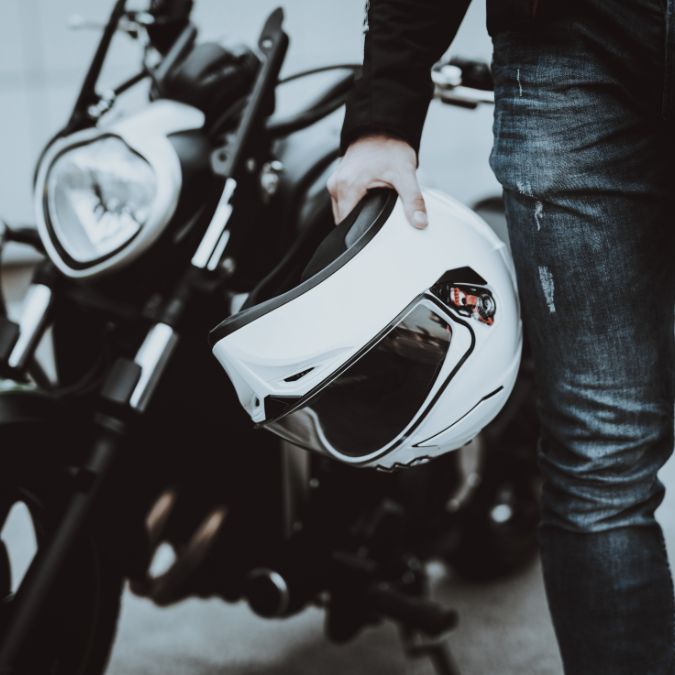
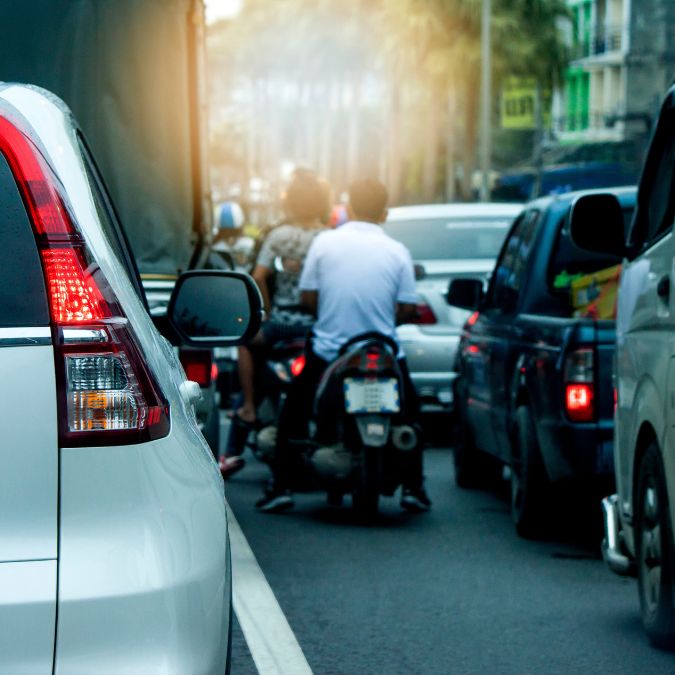

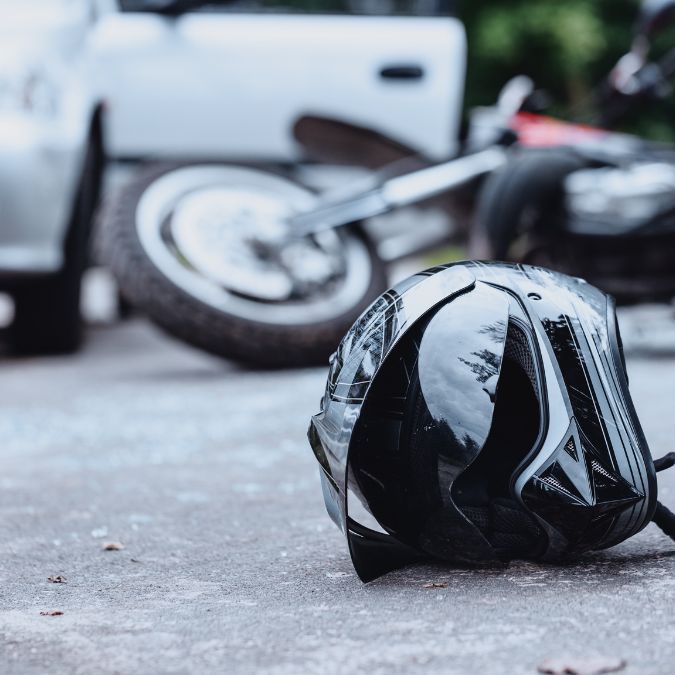
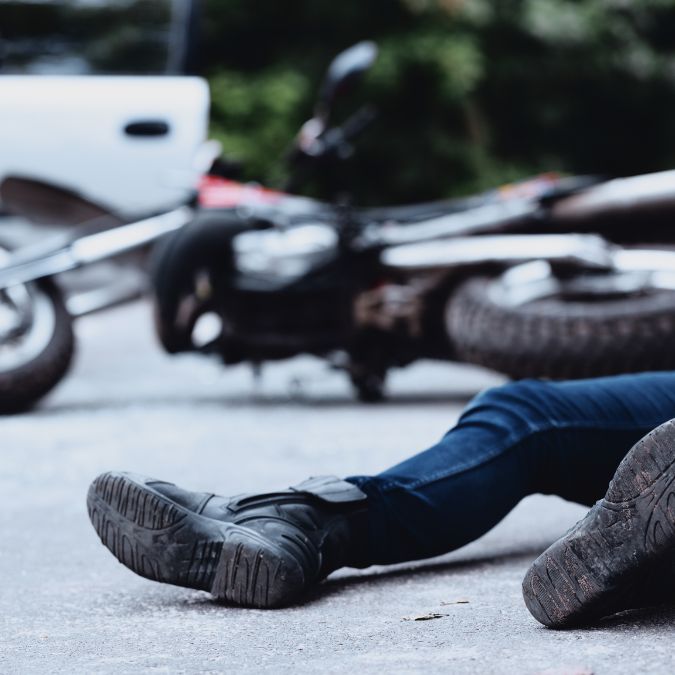
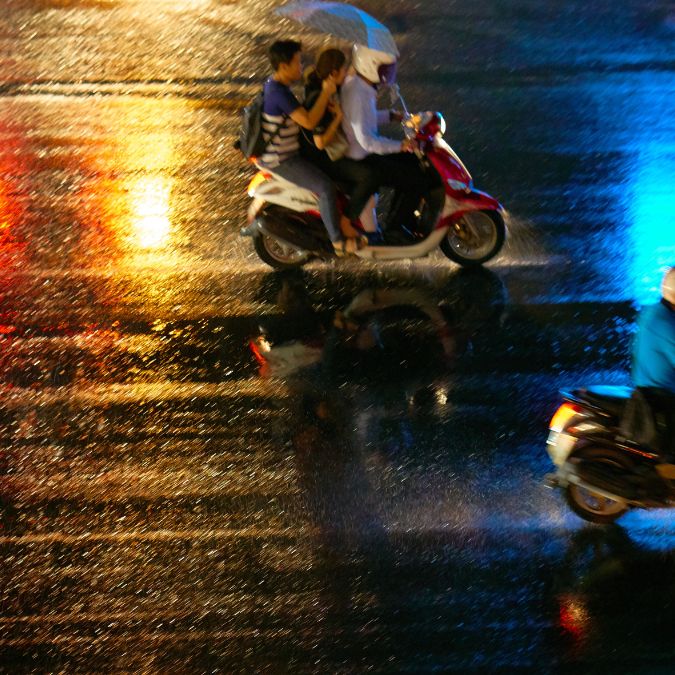
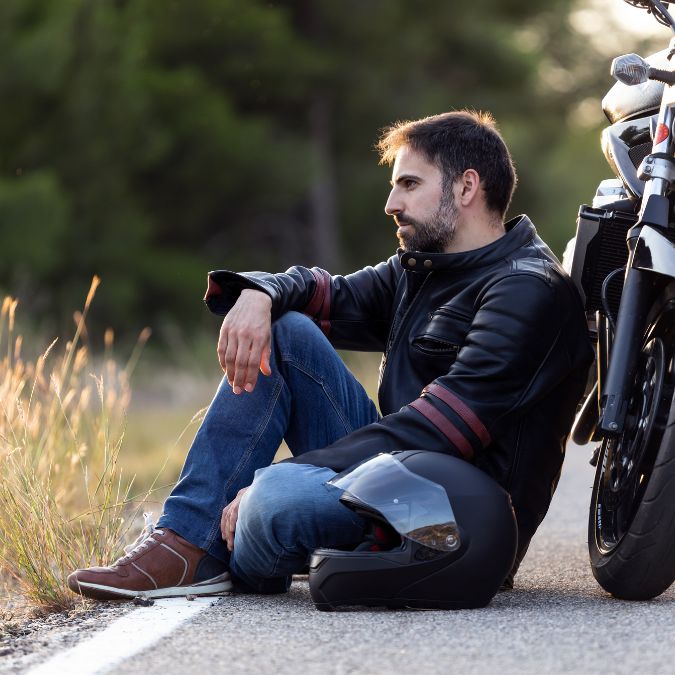
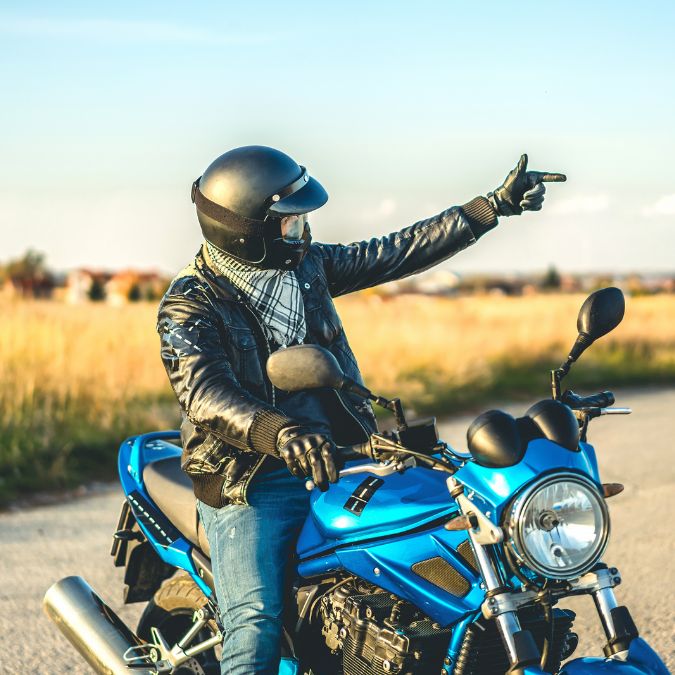
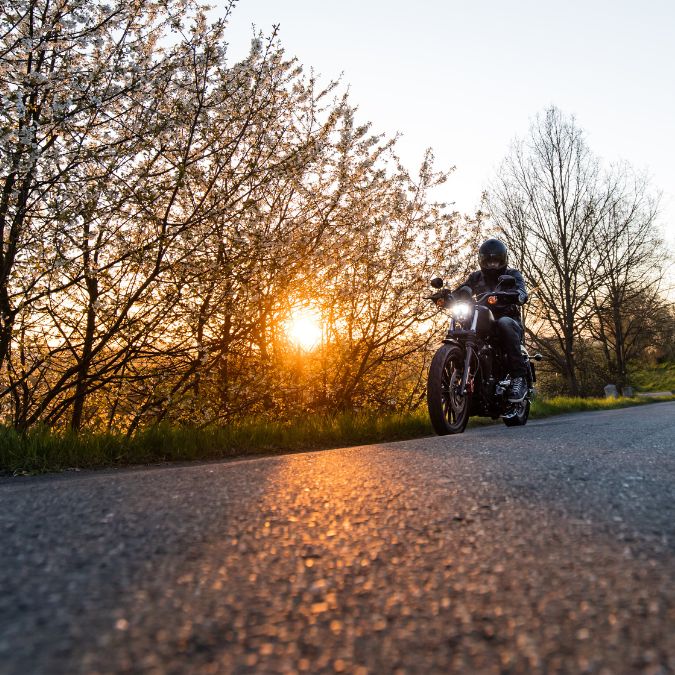
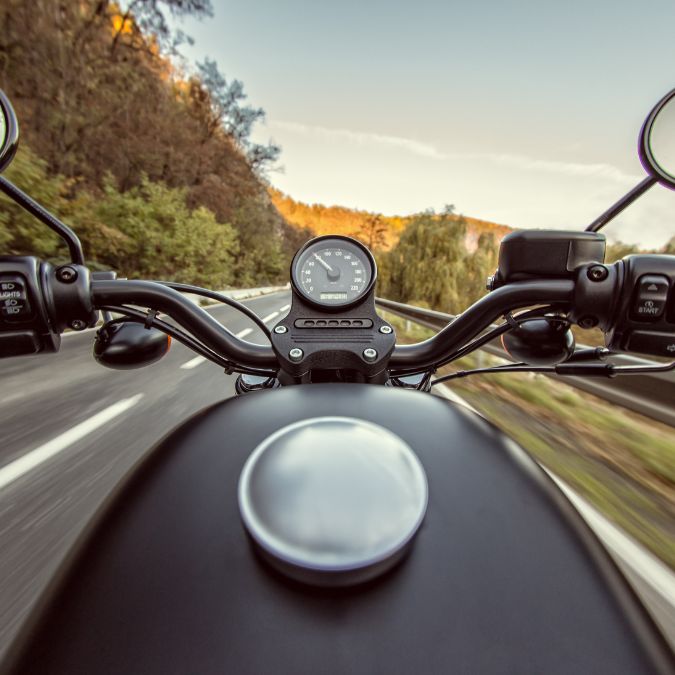
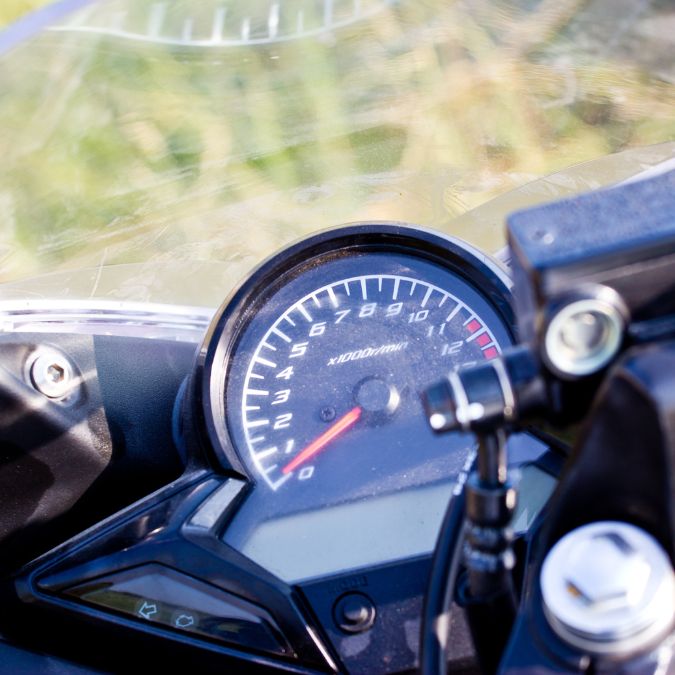
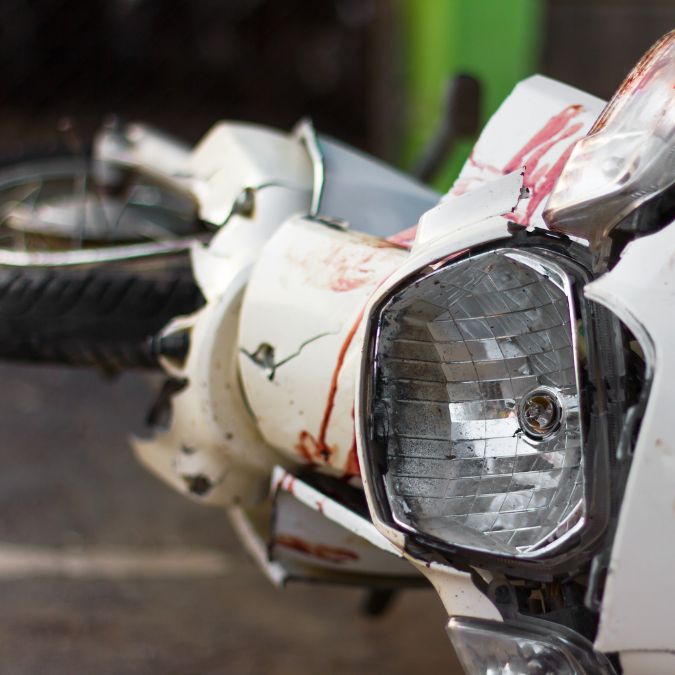
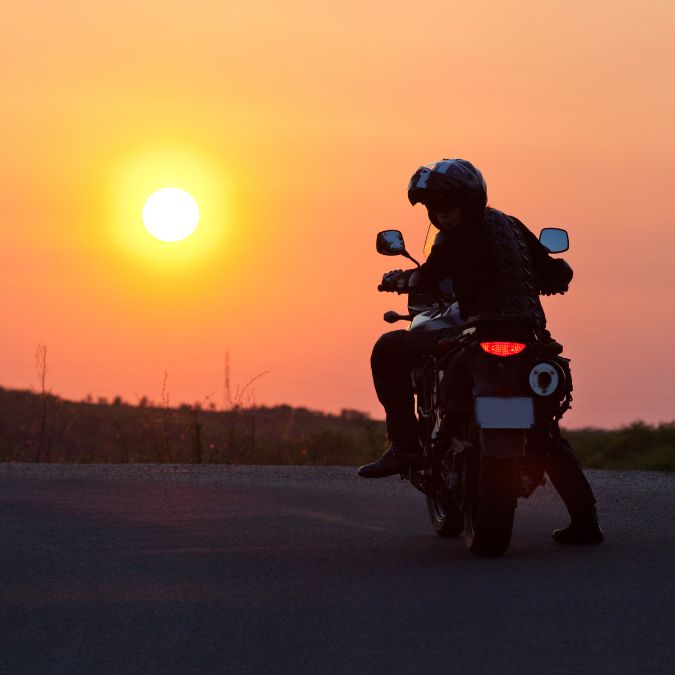
Leave a Reply